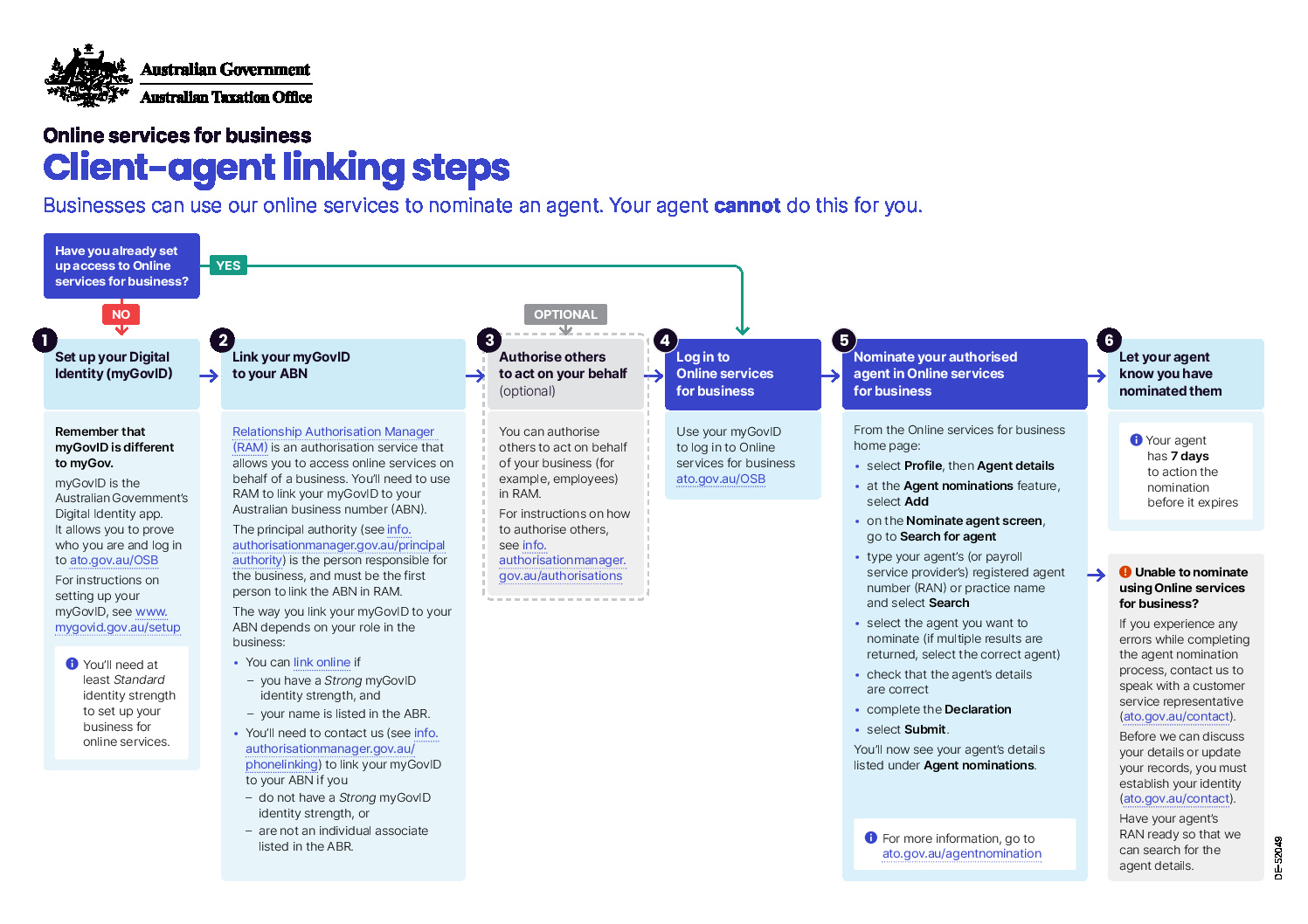A common concern amongst investors arises when the value of their portfolio suddenly falls due to market volatility. Understanding market volatility becomes especially relevant for those who are close to retirement, or recently retired.
Typically, listed shares drive much of this volatility, and portfolios with larger allocations to shares are most affected. In times like these, it’s important to understand the causes of market movements and how to minimise your risk.
Understanding Market Volatility | Why do markets move so much?
Whenever there is significant uncertainty about the future, or a sudden and unexpected economic, financial, or political event, financial markets may experience volatility until the repercussions are more fully understood.
For example, consumer and business confidence affect spending and therefore company profits. Global trade and production naturally affect economic growth. Political and fiscal decisions in larger economies such as the US can have far reaching consequences globally. And of course, natural disasters can cause major damage to any economy without warning.
Is market volatility normal?
It is important to remember that markets move in cycles, and volatility is a natural part of the economic cycle.
The Australian Securities & Investments Commission (ASIC) agrees that, ‘negative returns from time to time are not inconsistent with successful long-term investment’. History demonstrates that over the long term, the general trend of share markets has been upward.
The question therefore is not if it will happen, but how to best plan for when it does happen.
Look at the bigger picture and have a Plan
1. Develop a long-term investment strategy and stick to it. A sound investment strategy to address your spending priorities will consider how much to invest, how long to invest for, and what return is required. Your financial adviser can help you to formulate a well-considered strategy. This will need regular review to ensure it continues to meet your needs and objectives.
2. Understand how much risk you are willing to accept. If market volatility has caused you to reassess the way you feel about risk, it’s important that you see your financial adviser to discuss any necessary changes to your financial plan.
3. Your investment may benefit by being spread across a variety of asset classes, including shares (domestic and global), fixed income, cash, direct and listed property and alternatives. This diversification should help soften the effects of any share market falls as some asset classes often tend to do well whilst others are struggling.
4. Take the emotion out of decisions. When your portfolio value suddenly falls, it may be tempting to temporarily or permanently withdraw your remaining funds. This creates a number of difficulties:
– Looking to re-enter the market by buying back later is a risky strategy that rarely results in investors coming out ahead.
– Crystallising losses. If the value of your investment is falling, you are technically only making a loss on paper. A rise in prices could soon return your investment to profit without you doing anything. Selling your investment makes any losses real and irreversible.
– Incurring capital gains tax (CGT). Make sure you know what your CGT position will be before selling any asset.
– Losing the benefits of compounding. If you’re thinking about making a partial withdrawal from an investment, remember that it’s not just the withdrawal you lose, but all future earnings and interest on that amount.
Need advice?
Your financial adviser can provide the guidance you need to put in place a well-rounded investment strategy designed to meet your needs.













